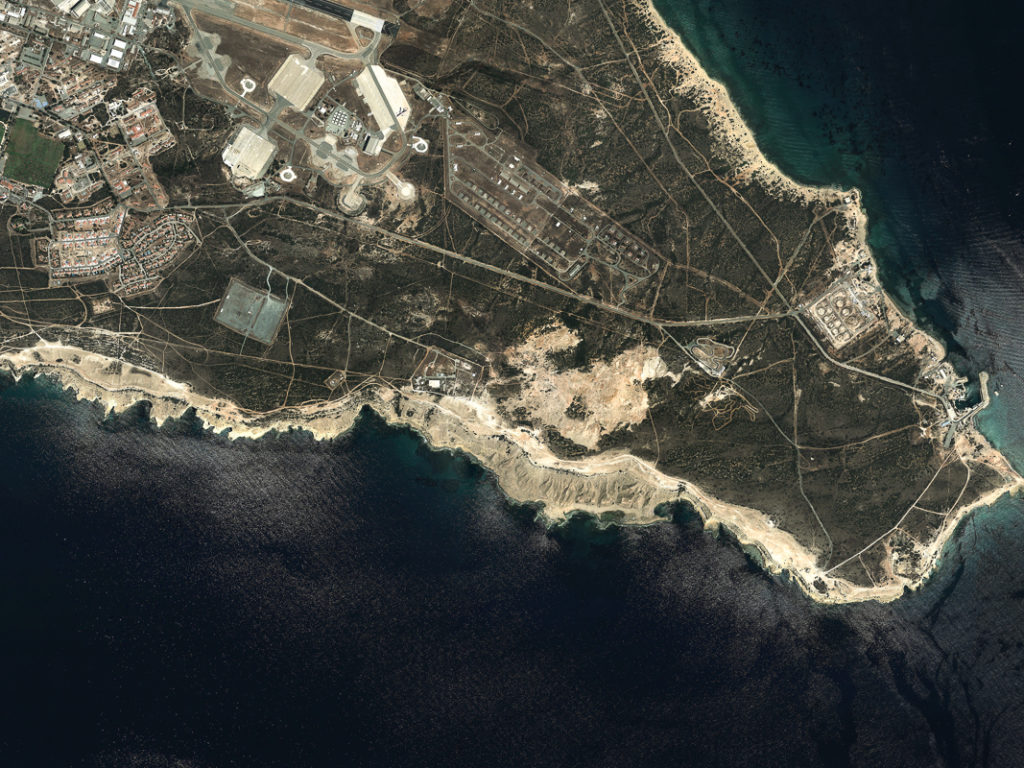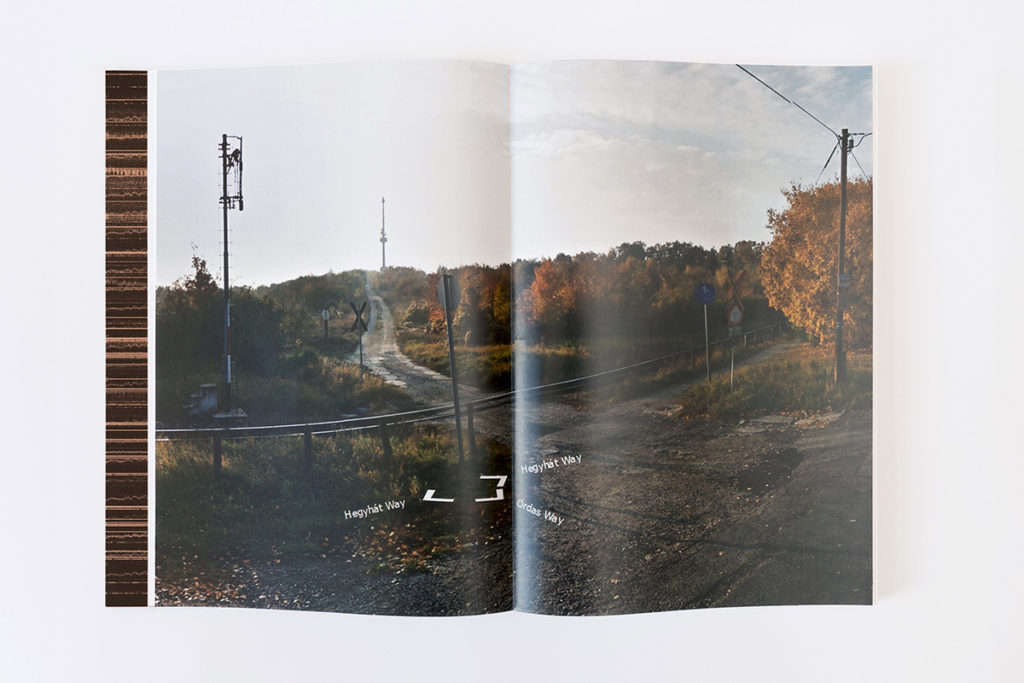Many thanks to SWLing Post contributor, Ulis, who shares a link to the following episode of the Cold War Conversations podcast which focuses on numbers stations:
Cold War number stations
You might remember listening to short wave radio during the Cold War and coming across weird transmissions of metallic voices reciting random groups of numbers through the ether. These are number stations, shortwave radio stations characterised by broadcasts of formatted numbers, which were being sent to spies operating in foreign countries.
Number stations were used widely during the Cold War and we speak with Jo Reggelt of ShortwaveNumbers.com. Jo has been working with Simon Mason who was a founding member of ENIGMA, launched in the 1980’s after identifying several of these stations.
We discuss in detail the operations behind the transmissions and the stations themselves. You will hear some sample transmissions, including one of drunken Stasi officers serenading their agents after the opening of the Wall. [Continue reading…]
Click here to listen to this podcast on the Cold War Conversations website,
or via iTunes or Spotify.

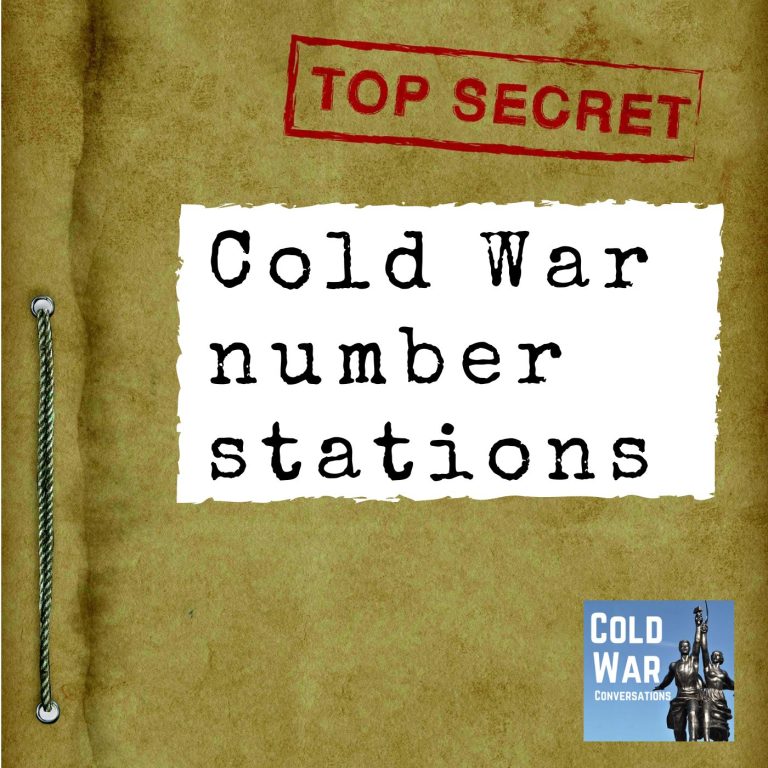
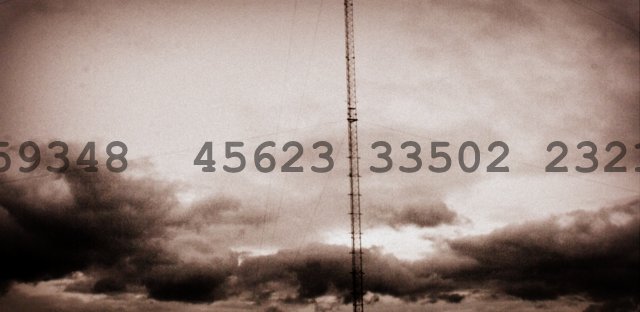
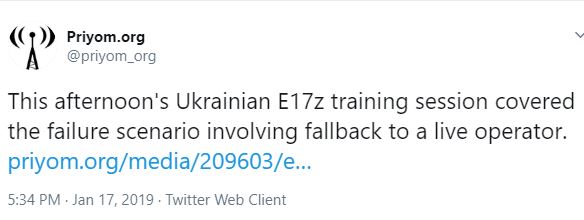
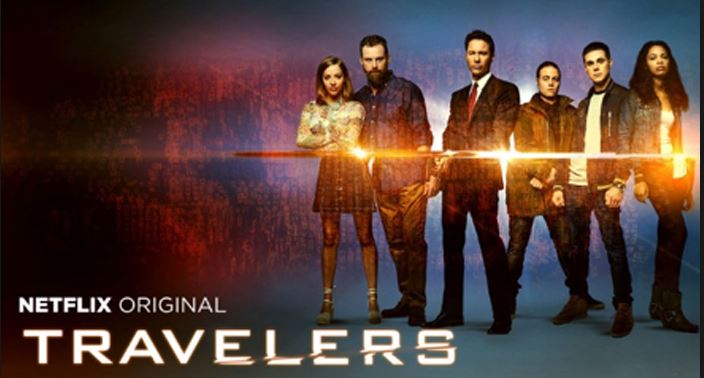

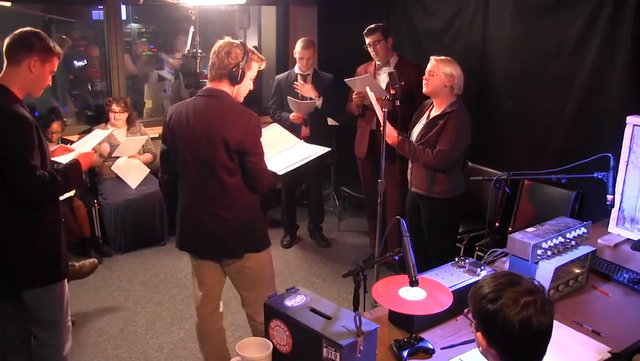
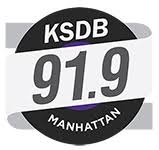 A few months ago, I was inspired to start writing a radio drama about a number station after reading an article on the SWLing Post about someone working at a number station.
A few months ago, I was inspired to start writing a radio drama about a number station after reading an article on the SWLing Post about someone working at a number station.